How Cold is an Ice Bath?

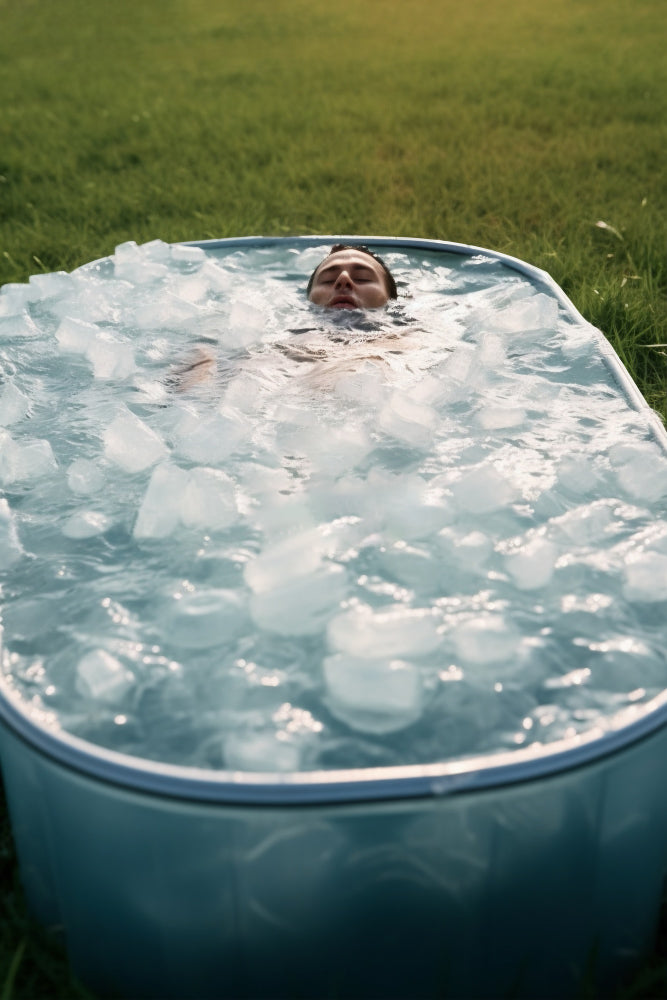
Related products
What is an Ice Bath?
An ice bath, also known as cold water immersion, involves sitting in a tub filled with ice and water, a method popularly used in sports recovery and wellness routines. This practice is grounded in the historical use of cold therapy, tracing back to ancient civilisations that utilised natural cold water sources for health benefits. Over the centuries, this rudimentary form of hydrotherapy has evolved into the structured ice bath protocols observed in contemporary sports science.
How Cold is an Ice Bath?
An ice bath, an integral component of many athletes' recovery routines and wellness practices, is characteristically cold, with its temperature precisely maintained to optimize the therapeutic benefits while minimizing potential risks. The ideal temperature range for an ice bath is between 10°C to 15°C (50°F to 59°F). This range strikes a balance between providing sufficient cold exposure to reduce muscle inflammation and soreness, and preventing the risks associated with excessive cold, such as hypothermia.
Maintaining the water within this temperature spectrum ensures that the body is exposed to cold in a controlled manner, stimulating circulation and aiding in recovery without undue stress on the cardiovascular system. It's crucial for individuals to use a thermometer to accurately measure the water temperature before immersion, ensuring that it falls within the recommended range for a safe and effective ice bath experience.
What are the Benefits of Ice Baths?
The benefits of ice baths include reduced muscle soreness and inflammation, faster recovery after intense physical activity, improved circulation, and enhanced mental resilience. Immersing in cold water can help in flushing out metabolic waste from the muscles, thereby alleviating soreness and reducing recovery time. The cold exposure stimulates blood flow once the body returns to normal temperature, aiding in better circulation and overall cardiovascular health. Additionally, the mental challenge of enduring cold water can strengthen mental fortitude and reduce stress levels, contributing to improved mental health and well-being.
Reduced Muscle Soreness and Faster Recovery
Ice baths are primarily utilised to diminish muscle soreness and expedite recovery following intense physical activity. The underlying mechanism involves the constriction of blood vessels in response to cold, which helps in reducing inflammation and flushing out metabolic waste from the muscles. Dr Emily Jones, a sports medicine specialist, notes, "Cold water immersion aids in significantly lowering levels of creatine kinase, an indicator of muscle damage, thus fostering quicker recovery." Numerous studies corroborate these findings, indicating that athletes who engage in ice baths report reduced muscle soreness compared to those who do not.
Improved Circulation
The exposure to cold water has been proven to enhance circulation, as the body works to maintain its core temperature. This process, known as thermogenesis, aids in the efficient flow of blood throughout the body, ensuring that tissues receive adequate oxygen and nutrients. Dr Mark Thompson, a cardiovascular specialist, explains, "Regular cold exposure can lead to an adaptive increase in blood flow to organs and tissues, which is beneficial for overall cardiovascular health." Improved circulation is not only essential for athletic performance but also contributes to better immune system functionality and energy levels.
Mental Resilience and Stress Reduction
Undergoing the challenge of an ice bath can also fortify mental resilience and reduce stress levels. The initial shock and subsequent endurance required in cold water immersion compel individuals to develop coping strategies, potentially enhancing their ability to manage stress in other areas of life. Athletes and regular users report a significant reduction in stress and an increase in alertness post-ice bath. "The mental discipline needed to withstand cold water can translate into improved stress resilience," states Dr Laura Kim, a psychologist specialising in sports therapy.
What are Some Risks and Considerations of Ice Baths?
Some risks and considerations of ice baths include potential hypothermia, cold-related injuries, cardiovascular strain, and negative impacts on muscle recovery and performance. Excessive exposure to cold water can lead to a significant decrease in body temperature, posing risks especially to individuals with underlying health conditions. Sudden cold immersion may increase blood pressure and stress the heart, making ice baths unsuitable for those with cardiovascular issues. Furthermore, while aimed at reducing muscle soreness, ice baths might inhibit muscle repair and growth by diminishing the inflammatory response necessary for recovery.
Hypothermia and Other Cold-Related Injuries
While ice baths offer numerous benefits, they also come with risks, particularly hypothermia and cold-related injuries if not properly managed. Prolonged exposure to cold water can lead to a dangerous drop in body temperature, characterised by shivering, slurred speech, and lethargy. Dr Sarah Patel, an emergency medicine consultant, advises, "Individuals should limit ice bath exposure to 10-15 minutes and ensure they are monitored throughout the process to mitigate risks of hypothermia."
Heart Stress and Vascular Strain
The sudden immersion in cold water can cause significant stress to the cardiovascular system, potentially leading to increased blood pressure and strain on the heart. This can be particularly hazardous for individuals with pre-existing heart conditions. "People with cardiovascular issues should avoid ice baths or proceed with extreme caution and medical supervision," recommends cardiologist Dr Alan Harper. It is crucial for individuals to consult healthcare professionals before incorporating ice baths into their recovery regimen.
Impact on Muscle Recovery and Performance
The impact of ice baths on muscle recovery and performance remains a topic of debate among researchers. While some studies indicate reduced muscle soreness, others suggest that ice baths might impede muscle repair and growth by decreasing the inflammatory response essential for muscle recovery. "The evidence on ice baths' effects on muscle performance is still inconclusive," states Dr Rebecca Turner, a researcher in sports science. Athletes and individuals should weigh the potential benefits against the possible drawbacks and consider their personal health and recovery goals when deciding to use ice baths.
Best Practices for Ice Baths
Preparation and Safety Measures
Proper preparation for an ice bath is crucial to ensure safety and effectiveness. The recommended water temperature for an ice bath is between 10°C to 15°C. Before immersion, one should gather necessary materials such as ice, a thermometer, towels, and warm clothing for post-bath recovery. Dr Helen Carter, a sports therapy expert, advises, "Never enter an ice bath alone; always ensure that someone is present for safety monitoring." It is essential to limit the duration of immersion to between 10 to 15 minutes to prevent hypothermia and other cold-related risks. Individuals should gradually lower themselves into the bath to acclimatise to the temperature change and avoid entering shock.
Optimal Conditions and Timing
The timing of an ice bath can significantly affect its benefits. The consensus among sports scientists, including Dr James Lee, suggests taking an ice bath within 30 minutes post-exercise for optimal recovery. However, frequency and duration should be adjusted based on individual responses and training intensity. "Regular ice baths may not be necessary for all athletes; individual schedules should be tailored based on specific recovery needs," notes Dr Lee. Monitoring body response and avoiding excessive exposure are pivotal in maximising recovery while minimising adverse effects.
Alternatives to Ice Baths
For individuals for whom ice baths are not recommended or preferred, there are alternative recovery methods. These include compression therapy, massage, active recovery, and contrast water therapy (alternating between cold and warm water). Each method has distinct benefits and limitations. For instance, massage therapy can enhance blood flow and muscle relaxation but may not significantly reduce inflammation. Dr Susan Greenfield, a rehabilitation specialist, states, "Alternatives to ice baths can offer similar recovery benefits without the risks associated with extreme cold exposure."
Personal Experiences
Athlete Testimonials
Many athletes incorporate ice baths into their training regimes and report varied outcomes. For example, John Smith, a professional marathon runner, attributes his quick recovery and reduced muscle soreness to regular post-race ice baths. "The ice baths significantly cut down my recovery time, allowing me to resume training sooner," he mentions. However, experiences differ, and some athletes like Emily White, a swimmer, find a combination of recovery methods more effective than ice baths alone.
Everyday Users
Ice baths are not exclusive to athletes; many non-athletes also adopt this practice for various health benefits. For instance, Tom Brown, an office worker with chronic back pain, reported significant improvements in pain management and mental clarity since starting regular ice baths. "The initial discomfort pales in comparison to the benefits I've gained," he shares. These personal stories highlight the diverse applications and potential benefits of ice baths beyond professional sports.

People Also Ask
Are ice baths good for you?
Ice baths can be beneficial for reducing muscle soreness, speeding up recovery after intense physical activity, improving circulation, and enhancing mental resilience. However, they also present risks such as hypothermia and cardiovascular stress, especially for individuals with pre-existing health conditions. It's essential to follow best practices and consult with a healthcare professional before starting ice bath therapy.
How long should I take an ice bath?
The recommended duration for an ice bath is typically between 10 to 15 minutes. Staying in cold water beyond this time can increase the risk of hypothermia and other cold-related health issues. It's crucial to monitor your body's response and adjust the time accordingly.
What temperature should an ice bath be in the UK?
In the UK, the ideal temperature range for an ice bath is between 10°C to 15°C. This range is considered effective for stimulating recovery while minimising the risks associated with colder temperatures.
Are ice baths expensive to run?
The cost of running an ice bath depends on several factors, including the frequency of use, the amount of ice required, and the cost of water and ice in your area. While filling a tub with cold water and ice might not be significantly expensive, frequent use and the need to purchase large quantities of ice can increase the overall costs. Considerations should also include water usage and environmental impact.
Conclusion
While ice baths can offer significant benefits in terms of recovery, circulation, and mental resilience, they also carry risks and may not be suitable for everyone. Adherence to best practices in preparation, timing, and safety measures is crucial to harness the benefits while mitigating potential dangers. Alternatives to ice baths provide viable options for recovery and should be considered based on individual needs and preferences. Ultimately, whether through personal testimonials or scientific research, the importance of customising recovery practices to fit individual health profiles and lifestyle demands becomes evident.



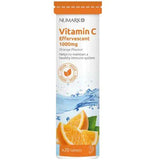
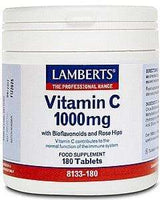
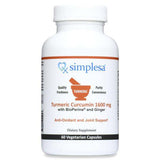
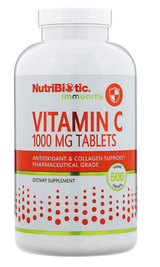
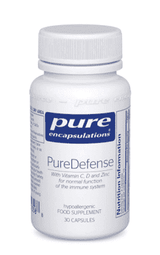
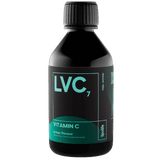
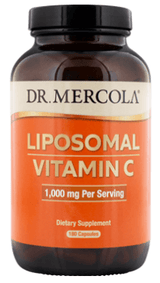
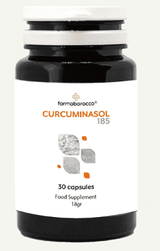
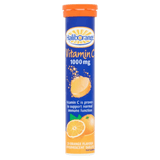





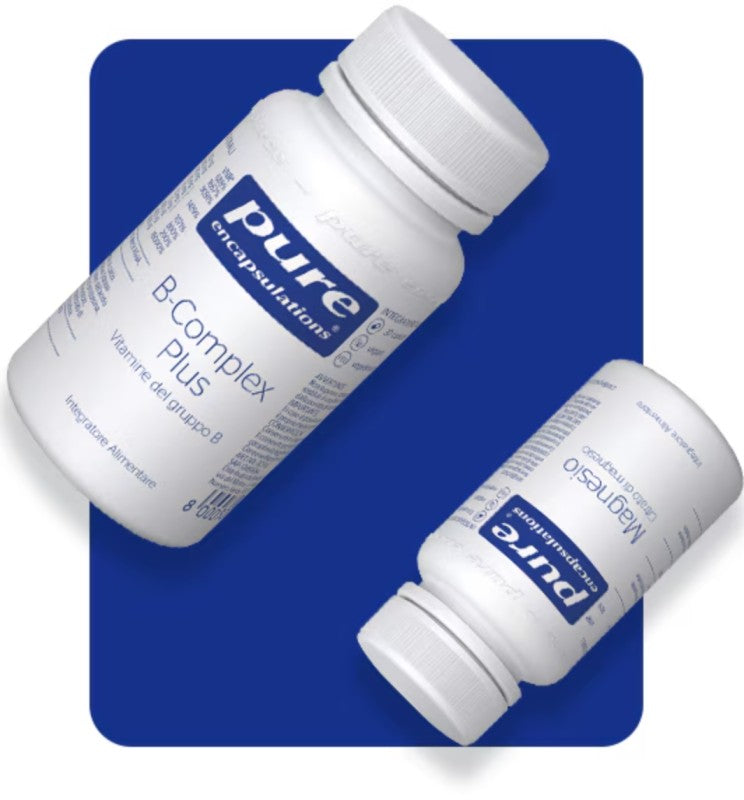

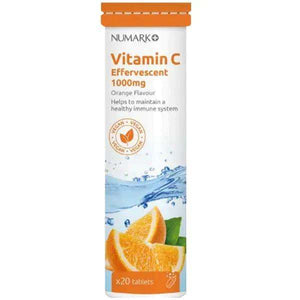
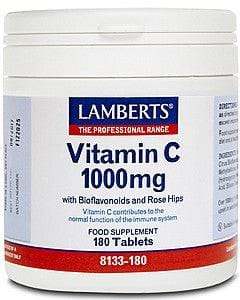
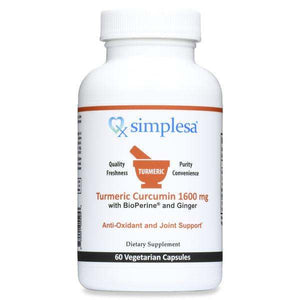
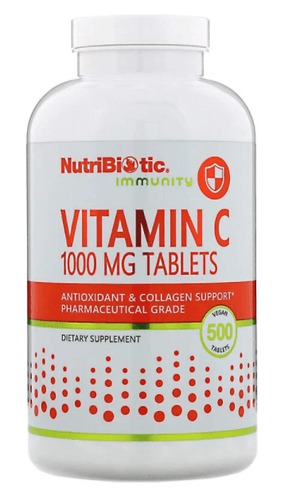
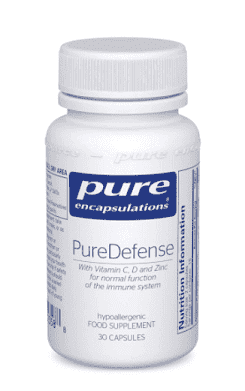
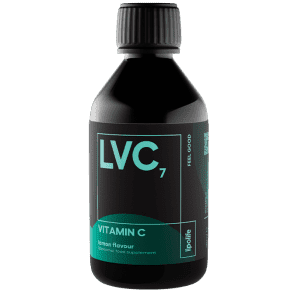
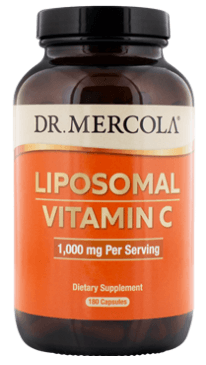
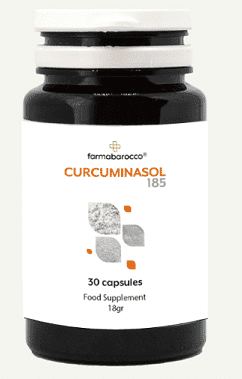




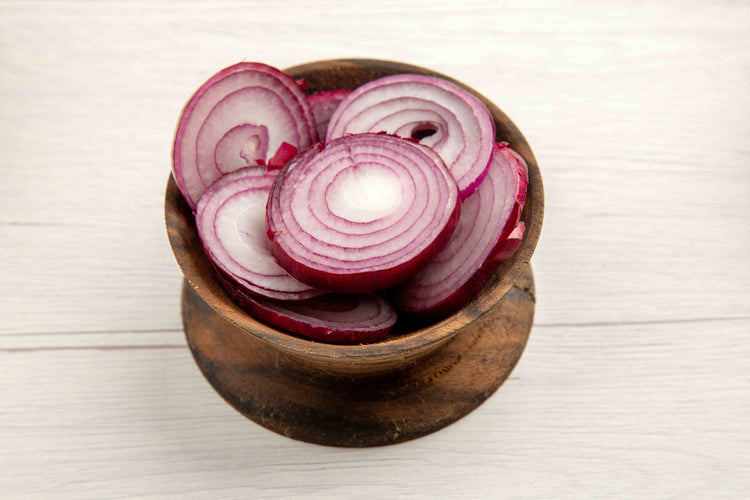



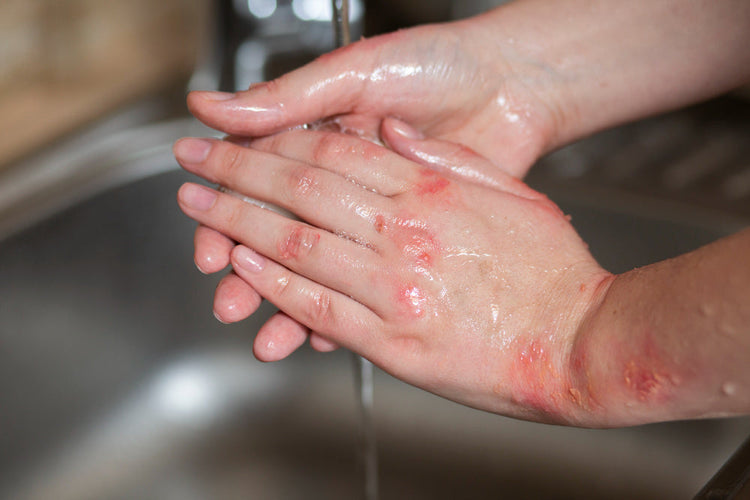


 Rated Excellent by 26,523+ Reviews
Rated Excellent by 26,523+ Reviews